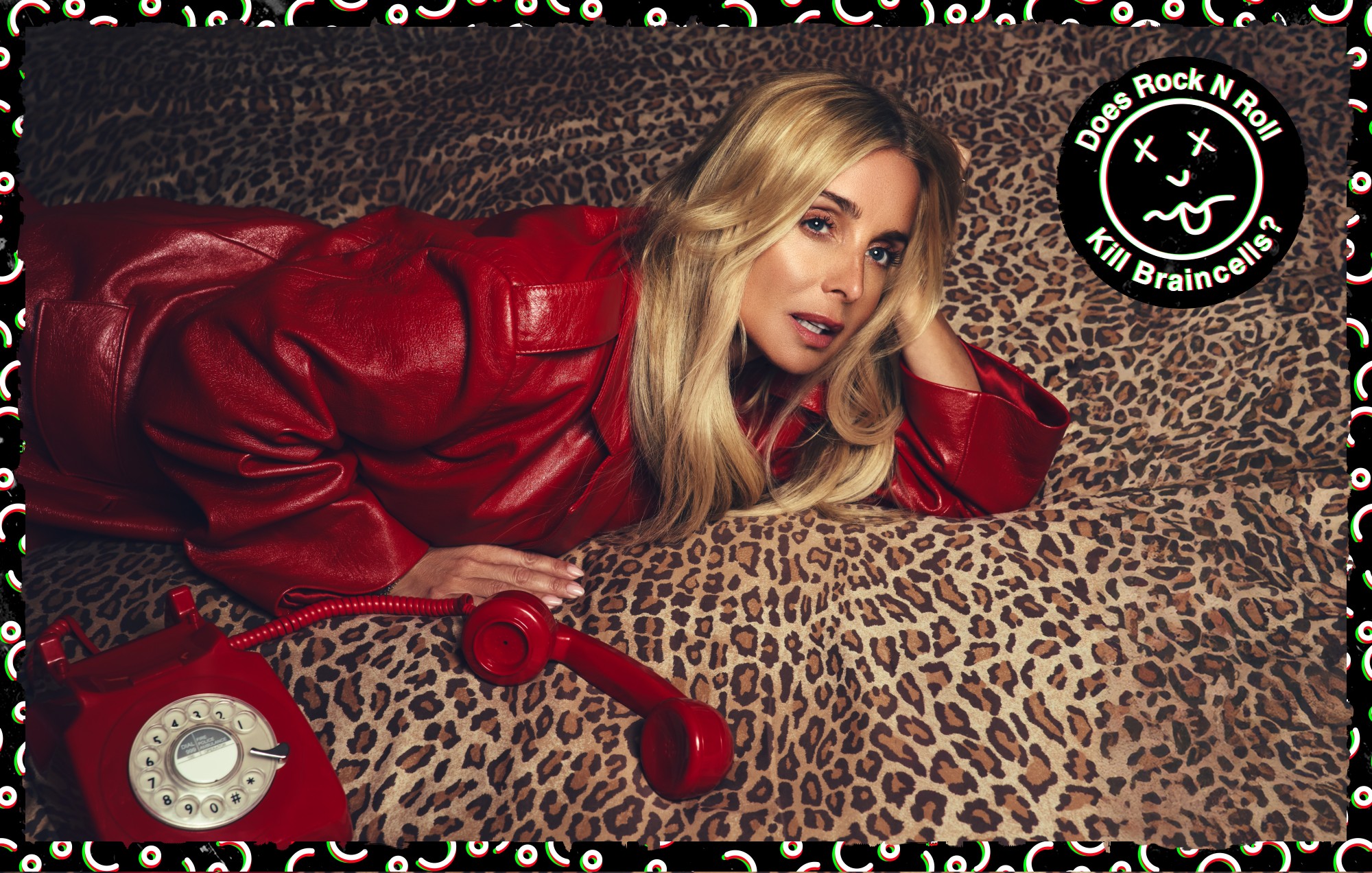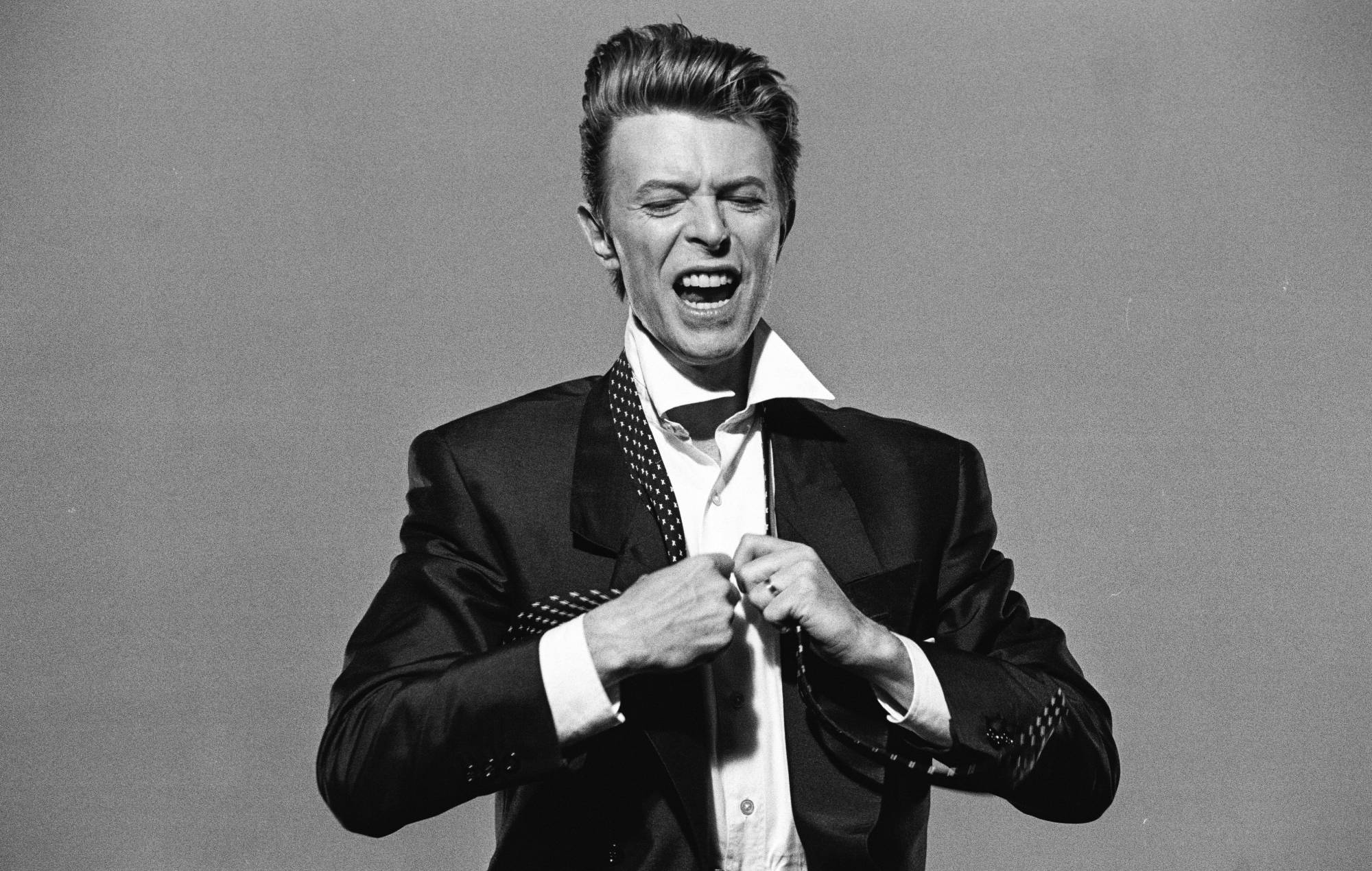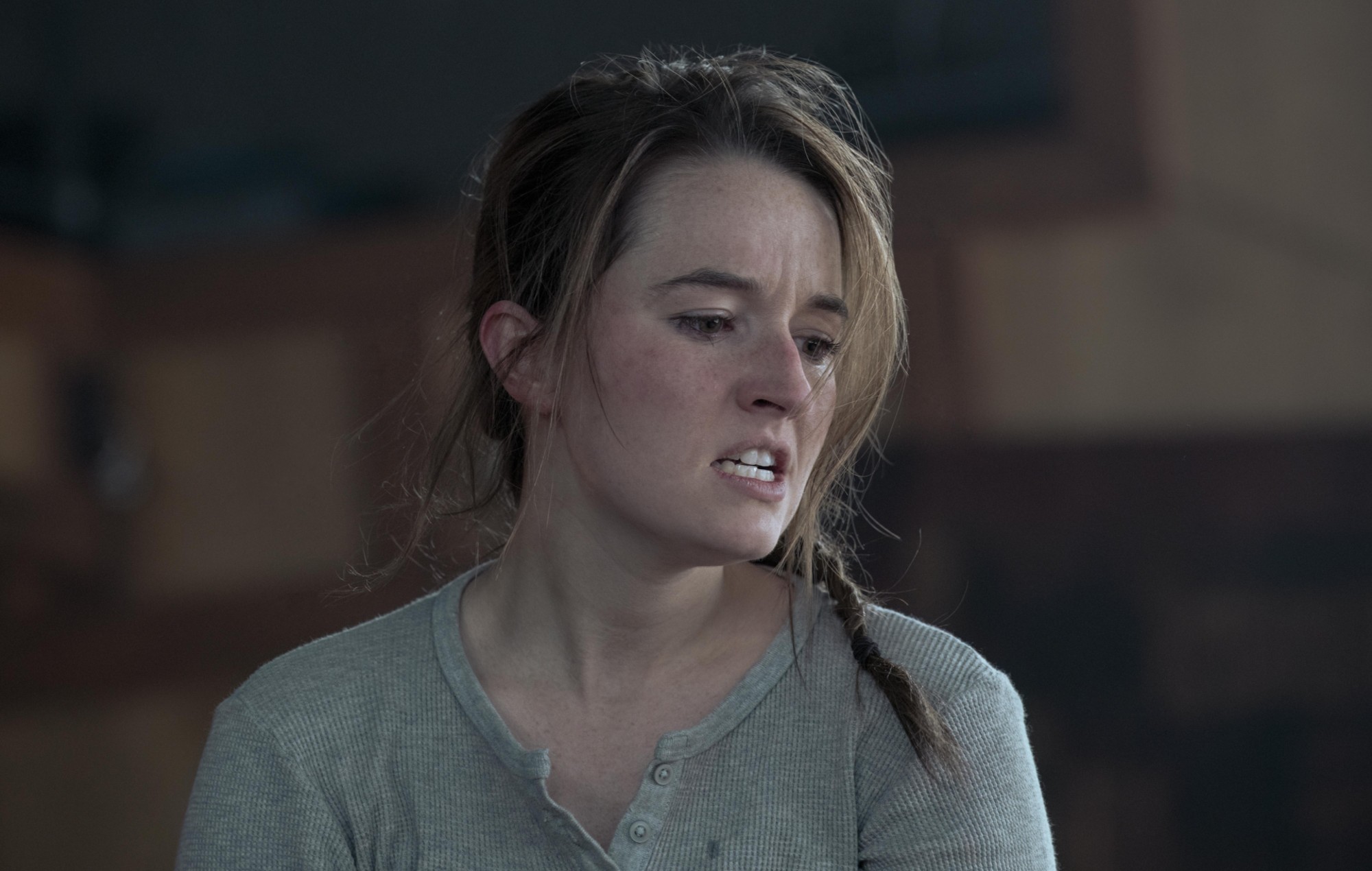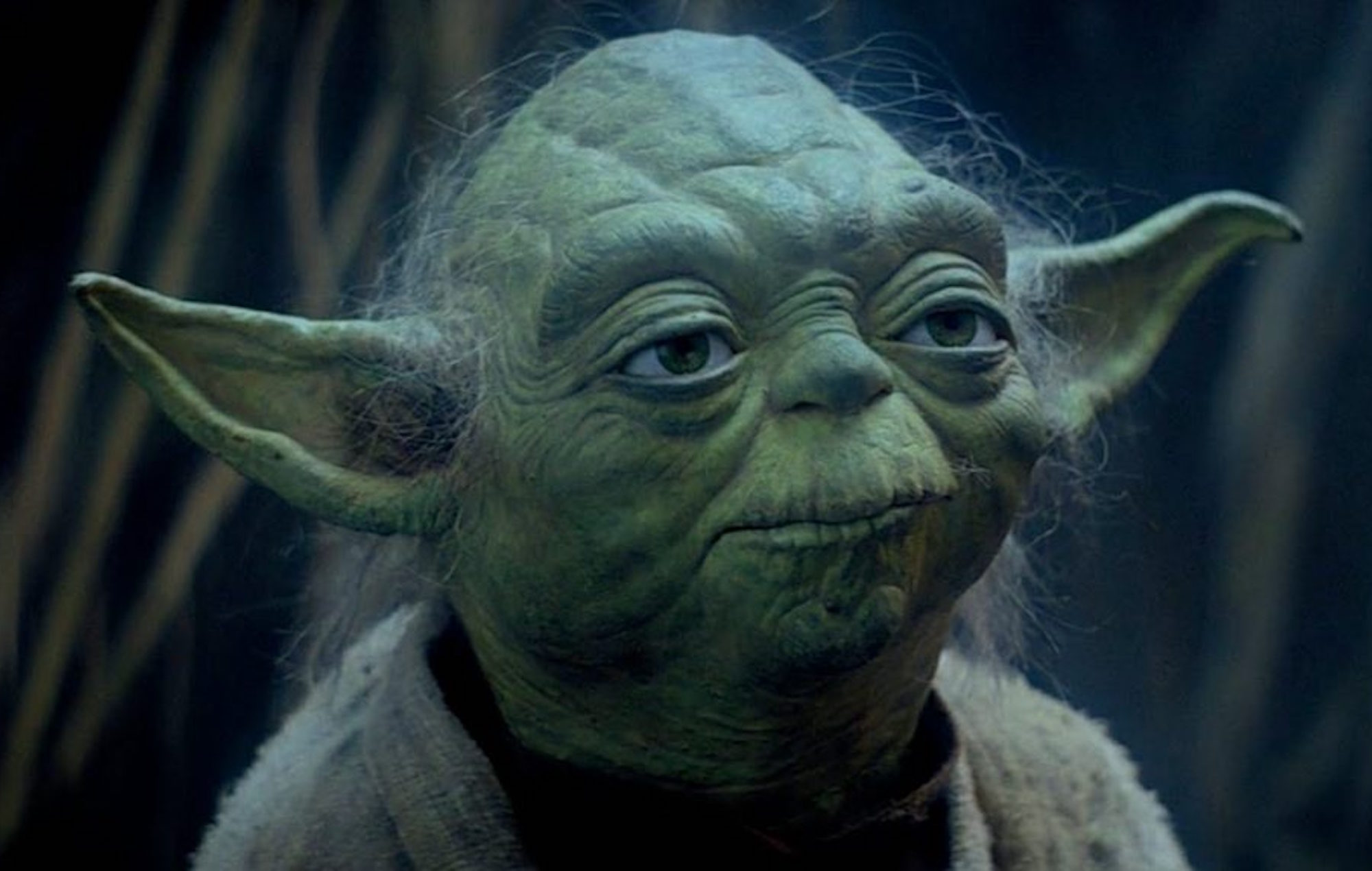There is something both precise and free-flowing in how tesh approaches his debut EP, CYCLES & REPETITIONS. Released on San Holo’s bitbird label, the project moves through UK garage, techno, and house without losing its emotional throughline. Each track plays like a vignette inside Oroboro, a fictional city he created as a setting for themes of addiction, identity, and repetition. From the sharp 2-step minimalism of “APOLOGIES” to the textured trance pulses of “GO,” the entire record reads like a personal document designed for the club.
The EP feels like a reflection of how ideas change once you give them room to grow. That applies to both tesh’s songwriting process and the sonic choices themselves. Most tracks begin simple and direct, then gradually unravel into emotional introspection. His self-awareness about this dynamic shows up throughout the interview—he is constantly trying to stay out of his own way, creating from a place that balances instinct with revision. His influences are clear, but he filters them through something personal.
We caught up with tesh right as the EP dropped to talk about creative redirection, knowing when to walk away from an idea, and learning to hear what a track wants instead of pushing it somewhere it does not belong.
Follow tesh: Instagram | Spotify
Have you ever had a track completely redirect itself mid-process?
I’ve definitely had a track redirect itself mid-process before. Typically I think that only happens if you allow yourself to be a bit more open into the process when you start. If I start a song and say I’m going to make it sound a certain way, then I find that if I’m not getting there, it’s going to be really hard to pivot because I’m going to be constantly thinking about hitting this point.
I try to enter the process with an open mind to my own art and think of this as creative fun. I think always in those moments, the track will redirect itself in the best way, and typically that means just listening to what needs to happen, what needs to come. Trying to be an active creator and listener within the process allows those moments of redirection to happen.
How do you listen to what a song “wants” instead of forcing a result?
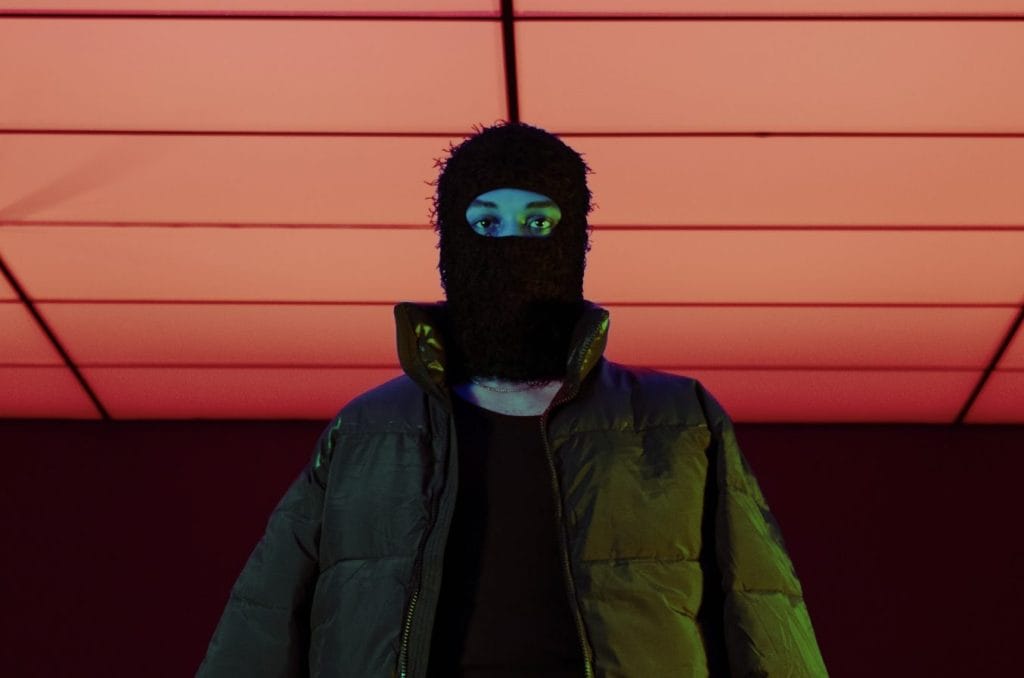
This echoes what I just said in my first answer a little bit. Being an active listener is so important. I think people talk about that in so many social settings. But I also think it’s important when you’re creating art, specifically music, to be a listener as part of that process.
Sometimes, you can pick out new melodies by listening closely to the vocal line or a chord structure. Through that, you can hear what can happen next. For me, I think I come from a little bit more of a music theory-ish background. I’m definitely always keen in terms of listening to melodies and harmonies and listening to what the track wants, where it wants to go. But also that’s something I’m always working on. I’m never going to say I’m perfect at that.
To get a song to be where it needs to be, it’s being a strong creator, of course, but also then being a strong listener.
What helps you stay out of the way creatively?
I think that’s always going to be something I struggle with. So far, I’ve been building up newer habits and newer processes, and one of those is just to listen to myself. Sometimes I sit down and I want to make something, but then as I start the project I’m not really getting anywhere and not really feeling it. So instead of forcing it, I’ll just do something else.
This could be working on video editing, watching YouTube videos or listening to music. Sometimes I’m just finding ways to get creativity into any other thing other than just making music. In those moments, I’ll always find a way to get a really organic spark to come back to my song and then actually get something done.
Just literally step away. There’s no force to it. I think we’re all very time sensitive on things, but when you really break it down, the goal is to get good art. Take your time and enjoy that process rather than feeling rushed.
Do you treat your early ideas as fixed or fluid?
Sometimes I’ll start an idea and in that moment I’ll just get it done because it feels really good and I want to live in that space for a while. Sometimes I start ideas and then I’ll move on. Maybe I have an eight bar loop and it’s good, but I’m not feeling it and I don’t have the energy to push that forward. It’s being aware of how I feel. Sometimes I just want to live in that space, but other times, I have to just move on.
Recently I started going through my hard drive and looked at old projects from last year. I was actually able to find a few that I am very motivated to now work on. I think all your ideas will be fluid to a degree, but it’s also having the discipline to go back and hear what you were making and hear where you were at. Your headspace may be different in the moment when you make something, but in the future, you may have a different perspective, which could spark something new to happen.
When have you gotten in your own way during a session?
That was something that I dealt with more when I was younger and producing earlier in my career. I think I was a bit more fixed on thinking things need to sound a specific way. That energy is always great because it’s, you know, it’s confidence in your direction, thoughts and your own process, but it could also get in your way. It could stop things from happening. It can stop really awesome creative mistakes from happening, which I love the most.
This is something that I’ve definitely worked on a bit more now, and I’m finding that I’m loving my process during my own sessions, I’m just very open with myself. I think it all kind of works now.

What’s the difference between shaping and over-controlling an idea?
It’s a delicate structure. It’s like painting, like soft strokes or like fine line drawing. The shaping is really meant to just mold it. That process is always really delicate because you also have to be really honest and understand that with each move you make, there could be a point where you’re getting too far from the original point.
Maybe you’re stuck on the ending, but you haven’t even got there yet, and you’re just forcing something to sort of be something or fit in a mold of something that doesn’t align with the track. Anytime I do that, I just don’t like what I’m doing. Be aware of what you really like, what really feels good, and trust your gut.
Like, the best part of our art is creating it, not finishing it and releasing it. Maybe other people have a bit of an emotional attachment to those ends of the process, but for me, it’s really just creating.
What have you learned from tracks that didn’t go where you expected?
That’s the whole point – it’s being open, having fun and that ‘oh, my gosh’ moment, or the light bulb moment when something changes and then everything clicks. I think I’ve learned to love that.
Now, everything I work on is always much more in a fluid plane where I could wake up one day and maybe open a project and that can change or say I definitely really love where this went and I’m really happy with it now. Overall, I think this has taught me to really love the process of creating.
The post tesh explores emotional loops and club textures on debut EP appeared first on Magnetic Magazine.
